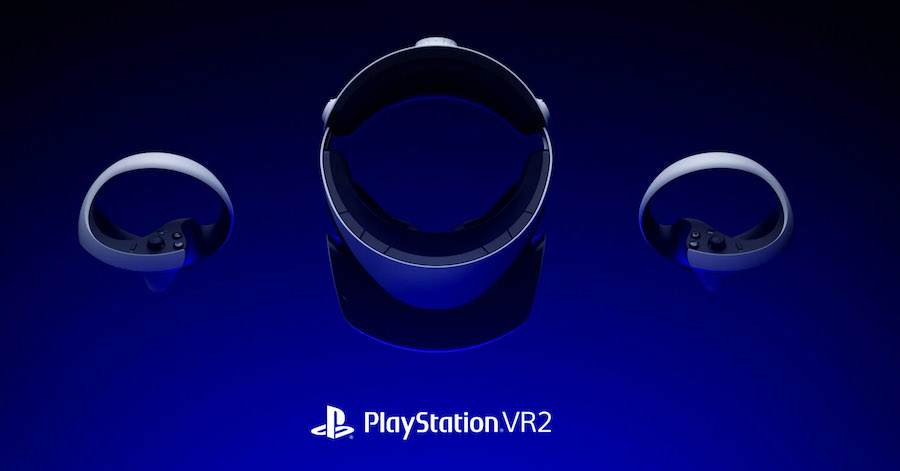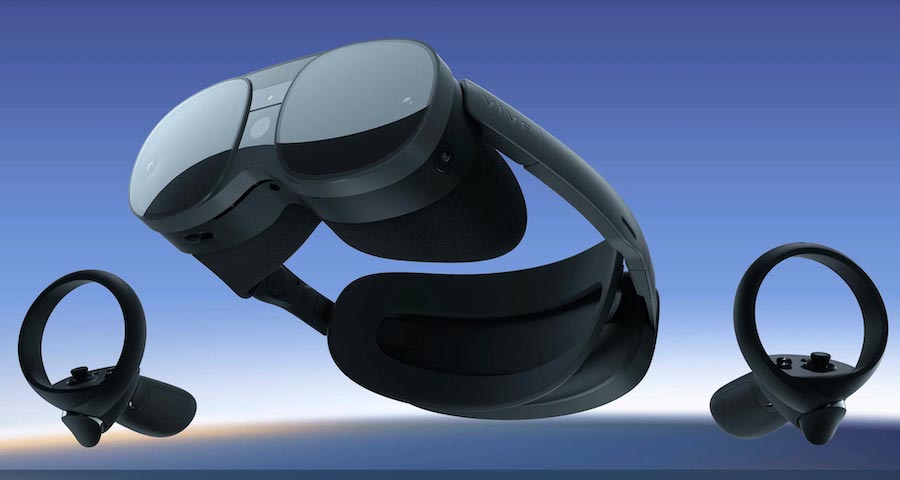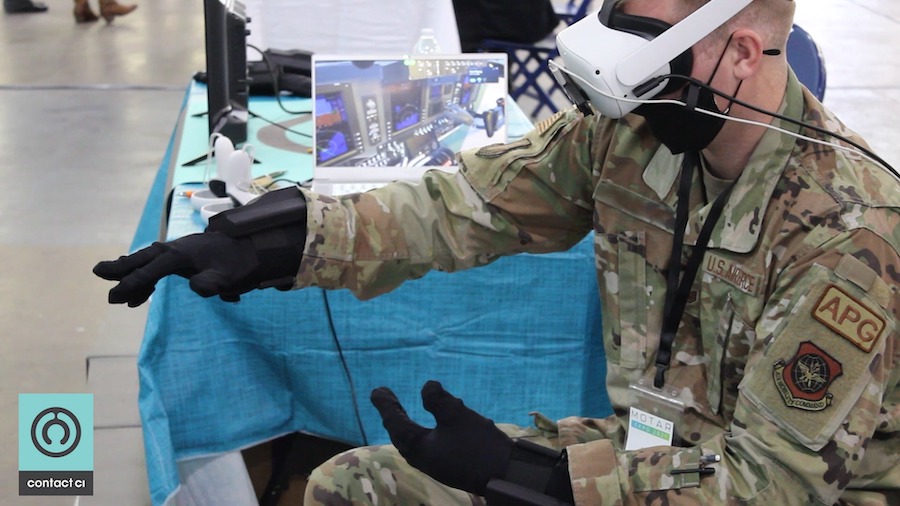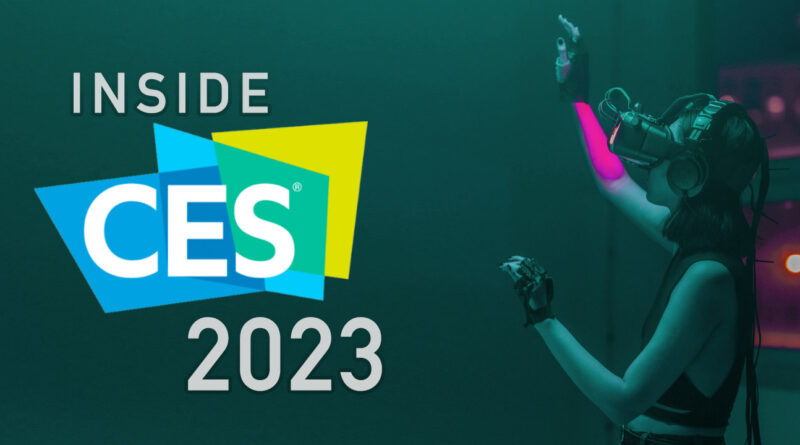Inside CES 2023
At CES this year, virtual reality tech once again showed ample promise for the industry. From new headsets that will wow consumers to tactile feedback and even virtual temperature tools, CES 2023 showcased some truly exciting innovations.
PS VR2 Makes Powerful Impression
The hotly anticipated Playstation VR2 was available for demonstration at CES 2023 and was met with wide approval and enthusiasm. A bright, vibrant, detailed display, excellent controls, and a strong collection of launch titles, including Horizon: Call of the Mountain, all make for a very appealing package. Bound to be a hit with VR-happy gamers, PS VR2 could also have plenty of crossover appeal with those who find it an easy entry into impressive VR use via a globally recognized brand.

HTC Vive XR Elite also made a strong impression at CES this year and seems set to be a major competitor to Meta Quest Pro. Keeping in line with previous HTC Vive devices, the XR Elite has a slick design and brings several new features to the line. A hot-swappable detachable battery, stepless IPD adjustment, and diopters to allow users to ditch their prescription glasses with no focal deficit, Vive XR Elite appears to be a sensible, thoughtful take on an upper-mid level VR headset.

One VR headset that not only impressed attendees but was awarded for its innovation was Lynx R-1. The use of hand-tracking as the primary means of input and control is crucial to advancing VR and especially AR. Lynx R-1 does this (and more) and comes in under $900 USD, making it not only appealing but accessible.
Touch, Feel, Respond
It could be argued that the most exciting VR tech at CES 2023 was all about satisfying the senses. Pebble Feel, a temperature feedback device, allows VR users to feel the heat or cool associated with their VR experience – playing a fire-fighting simulator will have you sweating while touring a glacier could produce teeth-chattering chills. While temperature may not have been the most obvious or most desired kind of VR feedback, Pebble Feel impressed many who tried it and points to the wide range of responsive tech VR could benefit from.
Physical feedback devices, both haptic and force-driven, were on display at CES this year, demonstrations of which proved very popular once again. A haptic gaming shirt from OWO can have VR users feeling impacts, pressure, and physical effects of all kinds, from the light touch of an avatar’s hand to a stabbing blade.

Contact CI’s Maestro glove features both haptic and force-feedback, allowing users to not only feel pressure against their hands and fingers but to have their movement restricted by virtual elements. Arguably the best example of this force feedback involves shooting a virtual bow and arrow or gun. Pull back on a bowstring, and a user will feel the tension and pull against the bow itself. Shoot the arrow, and that tension is suddenly relieved. Squeeze the trigger of a virtual firearm and feel its realistic recoil. Taking tactile feedback further than mere haptics alone, force feedback is bound to be instrumental in making VR and AR even more realistic and satisfying than it already is.

